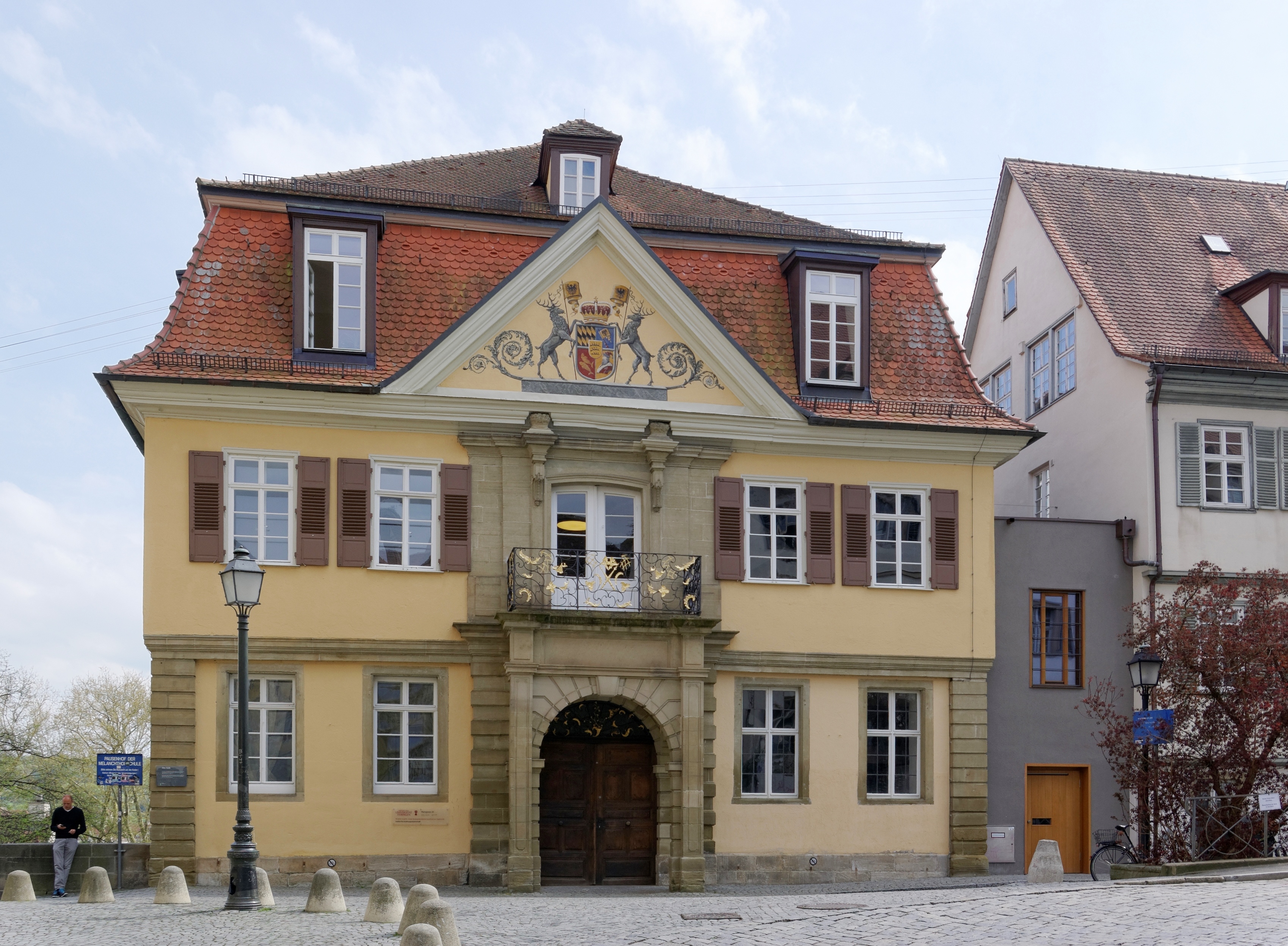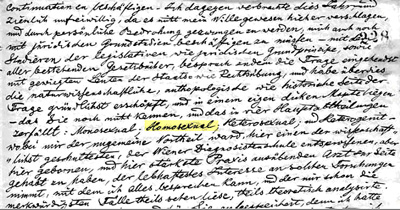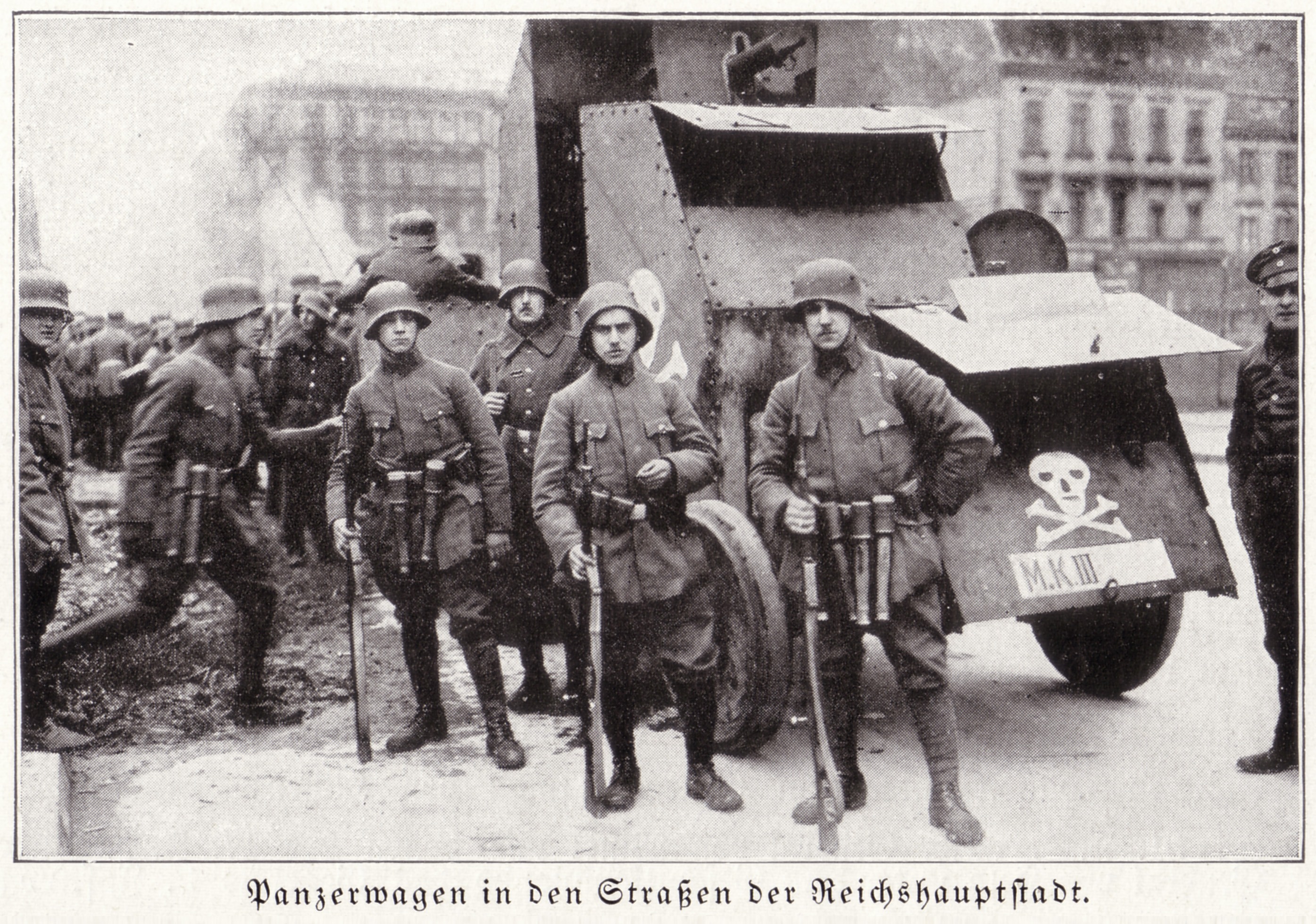|
Karl-Günther Heimsoth
Karl-Günther Heimsoth, also known as Karl-Guenter Heimsoth (4 December 1899, Charlottenburg – July 1934, Berlin) was a German physician, polygraph, and politician. Heimsoth was a member of the Nazi Party and later the Communist Party of Germany.. In however, the entry date is 1 May 1933, which is most likely incorrect. Life and work Early life and studies (1919 to 1924) Karl-Günther Heimsoth was born in Charlottenburg, the son of a court clerk and bank director. His youth was spent in Dortmund, where in June 1917 he passed his abitur, a test of maturity which was simplified temporarily because of the First World War. He then enlisted in the Prussian Army and until the end of 1918 participated in World War I, being deployed on the Western Front - finishing with the rank of lieutenant. In the summer semester of 1919, Heimsoth began studying medicine at the University of Tübingen. Heimsoth continued his clinical training at the Universities of Munich, Kiel and Rostock. At ... [...More Info...] [...Related Items...] OR: [Wikipedia] [Google] [Baidu] |
Charlottenburg
Charlottenburg () is a Boroughs and localities of Berlin, locality of Berlin within the borough of Charlottenburg-Wilmersdorf. Established as a German town law, town in 1705 and named after Sophia Charlotte of Hanover, Queen consort of Kingdom of Prussia, Prussia, it is best known for Charlottenburg Palace, the largest surviving royal palace in Berlin, and the adjacent museums. Charlottenburg was an independent city to the west of Berlin until 1920 when it was incorporated into "Greater Berlin Act, Groß-Berlin" (Greater Berlin) and transformed into a borough. In the course of Berlin's 2001 administrative reform it was merged with the former borough of Wilmersdorf becoming a part of a new borough called Charlottenburg-Wilmersdorf. Later, in 2004, the new borough's districts were rearranged, dividing the former borough of Charlottenburg into the localities of Charlottenburg proper, Westend (Berlin), Westend and Charlottenburg-Nord. Geography Charlottenburg is located in Berlin ... [...More Info...] [...Related Items...] OR: [Wikipedia] [Google] [Baidu] |
University Of Tübingen
The University of Tübingen, officially the Eberhard Karl University of Tübingen (german: Eberhard Karls Universität Tübingen; la, Universitas Eberhardina Carolina), is a public research university located in the city of Tübingen, Baden-Württemberg, Germany. The University of Tübingen is one of eleven German Excellence Universities. The University of Tübingen is especially known as a centre for the study of plant biology, medicine, law, archeology, ancient cultures, philosophy, theology, and religious studies as well as more recently as center of excellence for artificial intelligence. The university's noted alumni include presidents, EU Commissioners, and judges of the Federal Constitutional Court. The university is associated with eleven Nobel laureates, especially in the fields of medicine and chemistry. History The University of Tübingen was founded in 1477 by Count Eberhard V (Eberhard im Bart, 1445–1496), later the first Duke of Württemberg, a civic and ... [...More Info...] [...Related Items...] OR: [Wikipedia] [Google] [Baidu] |
Effeminate
Effeminacy is the embodiment of traits and/or expressions in those who are not of the female sex (e.g. boys and men) that are often associated with what is generally perceived to be feminine behaviours, mannerisms, styles, or gender roles, rather than with traditionally masculine behaviours, mannerisms, styles or roles. Effeminacy and other gender expressions are independent of a person's sexuality or sexual identity and are displayed by people of all sexualities and none. However, effeminacy is seen in some societies as something embodied by some in the homosexual male community. The embodiment of effeminacy by people in some societies has resulted in prejudice, discrimination, antagonism and insults towards those who display it. History Terminology ''Effeminate'' comes from Latin '' effeminātus'', from the factitive prefix ''ex-'' (from ''ex'' 'out') and ''femina'' 'woman'; it means 'made feminine, emasculated, weakened'. Another Latin term is ''mollities'', meaning 'softnes ... [...More Info...] [...Related Items...] OR: [Wikipedia] [Google] [Baidu] |
Sexology
Sexology is the scientific study of human sexuality, including human sexual interests, behaviors, and functions. The term ''sexology'' does not generally refer to the non-scientific study of sexuality, such as social criticism. Sexologists apply tools from several academic fields, such as anthropology, biology, medicine, psychology, epidemiology, sociology, and criminology. Topics of study include sexual development (puberty), sexual orientation, gender identity, sexual relationships, sexual activities, paraphilias, and atypical sexual interests. It also includes the study of sexuality across the lifespan, including child sexuality, puberty, adolescent sexuality, and sexuality among the elderly. Sexology also spans sexuality among those with mental or physical disabilities. The sexological study of sexual dysfunctions and disorders, including erectile dysfunction and anorgasmia, are also mainstays. History Early Sex manuals have existed since antiquity, such as Ovid's ''Ars ... [...More Info...] [...Related Items...] OR: [Wikipedia] [Google] [Baidu] |
Homophilia
Terms used to describe homosexuality have gone through many changes since the emergence of the first terms in the mid-19th century. In English, some terms in widespread use have been sodomite, Achillean, Sapphic, Uranian, homophile, lesbian, gay, effeminate, queer, homoaffective, and same-sex attracted. Some of these words are specific to women, some to men, and some can be used of either. Gay people may also be identified under the umbrella terms LGBT. ''Homosexual'' was coined in German in 1868. Academia continues to coin related terms, including ''androphilia'' and ''gynephilia'' which designate only the object of attraction, thus divorcing the terms from sexual orientation entirely. Numerous slang terms exist for homosexuals or homosexuality. Some communities have cants, a rich jargon used among a subgroup almost like a secret language, such as Polari in the U.K., and others. Prescribed usage The term homosexual can be used as an adjective to describe the sexual attract ... [...More Info...] [...Related Items...] OR: [Wikipedia] [Google] [Baidu] |
Homosexuality
Homosexuality is romantic attraction, sexual attraction, or sexual behavior between members of the same sex or gender. As a sexual orientation, homosexuality is "an enduring pattern of emotional, romantic, and/or sexual attractions" to people of the same sex. It "also refers to a person's sense of identity based on those attractions, related behaviors, and membership in a community of others who share those attractions." Along with bisexuality and heterosexuality, homosexuality is one of the three main categories of sexual orientation within the heterosexual–homosexual continuum. Scientists do not yet know the exact cause of sexual orientation, but they theorize that it is caused by a complex interplay of genetic, hormonal, and environmental influences and do not view it as a choice. Although no single theory on the cause of sexual orientation has yet gained widespread support, scientists favor biologically based theories. There is considerably more evidence supporti ... [...More Info...] [...Related Items...] OR: [Wikipedia] [Google] [Baidu] |
Homophilia
Terms used to describe homosexuality have gone through many changes since the emergence of the first terms in the mid-19th century. In English, some terms in widespread use have been sodomite, Achillean, Sapphic, Uranian, homophile, lesbian, gay, effeminate, queer, homoaffective, and same-sex attracted. Some of these words are specific to women, some to men, and some can be used of either. Gay people may also be identified under the umbrella terms LGBT. ''Homosexual'' was coined in German in 1868. Academia continues to coin related terms, including ''androphilia'' and ''gynephilia'' which designate only the object of attraction, thus divorcing the terms from sexual orientation entirely. Numerous slang terms exist for homosexuals or homosexuality. Some communities have cants, a rich jargon used among a subgroup almost like a secret language, such as Polari in the U.K., and others. Prescribed usage The term homosexual can be used as an adjective to describe the sexual attract ... [...More Info...] [...Related Items...] OR: [Wikipedia] [Google] [Baidu] |
Freikorps
(, "Free Corps" or "Volunteer Corps") were irregular German and other European military volunteer units, or paramilitary, that existed from the 18th to the early 20th centuries. They effectively fought as mercenary or private armies, regardless of their own nationality. In German-speaking countries, the first so-called ("free regiments", Freie Regimenter) were formed in the 18th century from native volunteers, enemy renegades, and deserters. These, sometimes exotically equipped, units served as infantry and cavalry (or, more rarely, as artillery); sometimes in just company strength and sometimes in formations of up to several thousand strong. There were also various mixed formations or legions. The Prussian included infantry, jäger, dragoons and hussars. The French '' Volontaires de Saxe'' combined uhlans and dragoons. In the aftermath of World War I and during the German Revolution of 1918–19, consisting largely of World War I veterans were raised as paramilitar ... [...More Info...] [...Related Items...] OR: [Wikipedia] [Google] [Baidu] |
Silesian Uprisings
The Silesian Uprisings (german: Aufstände in Oberschlesien, Polenaufstände, links=no; pl, Powstania śląskie, links=no) were a series of three uprisings from August 1919 to July 1921 in Upper Silesia, which was part of the Weimar Republic at the time. Ethnic Polish and Polish-Silesian insurrectionists, seeking to have the area transferred to the newly founded Polish Republic, fought German police and paramilitary forces which sought to keep the area part of the new German state founded after World War I. Following the conflict, the area was divided between the two countries. The rebellions have subsequently been commemorated in modern Poland as an example of Polish nationalism. Background Much of Silesia had belonged to the Crown of Polish Kingdom in medieval times, but it passed to the Kings of Bohemia in the 14th century and, following this, to the Austrian Habsburgs. Frederick the Great of Prussia seized Silesia from Maria Theresa of Austria in 1742 in the War of Austr ... [...More Info...] [...Related Items...] OR: [Wikipedia] [Google] [Baidu] |
Rostock Matrikelportal
The Rostock Matrikelportal (matriculation portal) disseminates about 186,000 individual-level datasets drawn from the student registers of the University of Rostock from its establishment in 1419 to today. Each entry is faithfully transcribed and linked with a digitized image of a student's original, partly handwritten register entry. Users may search and comment on individual entries thus expanding the information on single students. Places of origin are geo-tagged and displayed on interactive maps. Additional links refer to professors that were active at the time of matriculation (see: Catalogus Professorum Rostochiensium) and lectures held. Integrated Authority File The (translated as ''Integrated Authority File'', also known as the ''Universal Authority File'') or GND is an international authority file for the organisation of personal names, subject headings and corporate bodies from catalogues. It is ...s (GNDs) identify notable students and interlink them with further ... [...More Info...] [...Related Items...] OR: [Wikipedia] [Google] [Baidu] |







